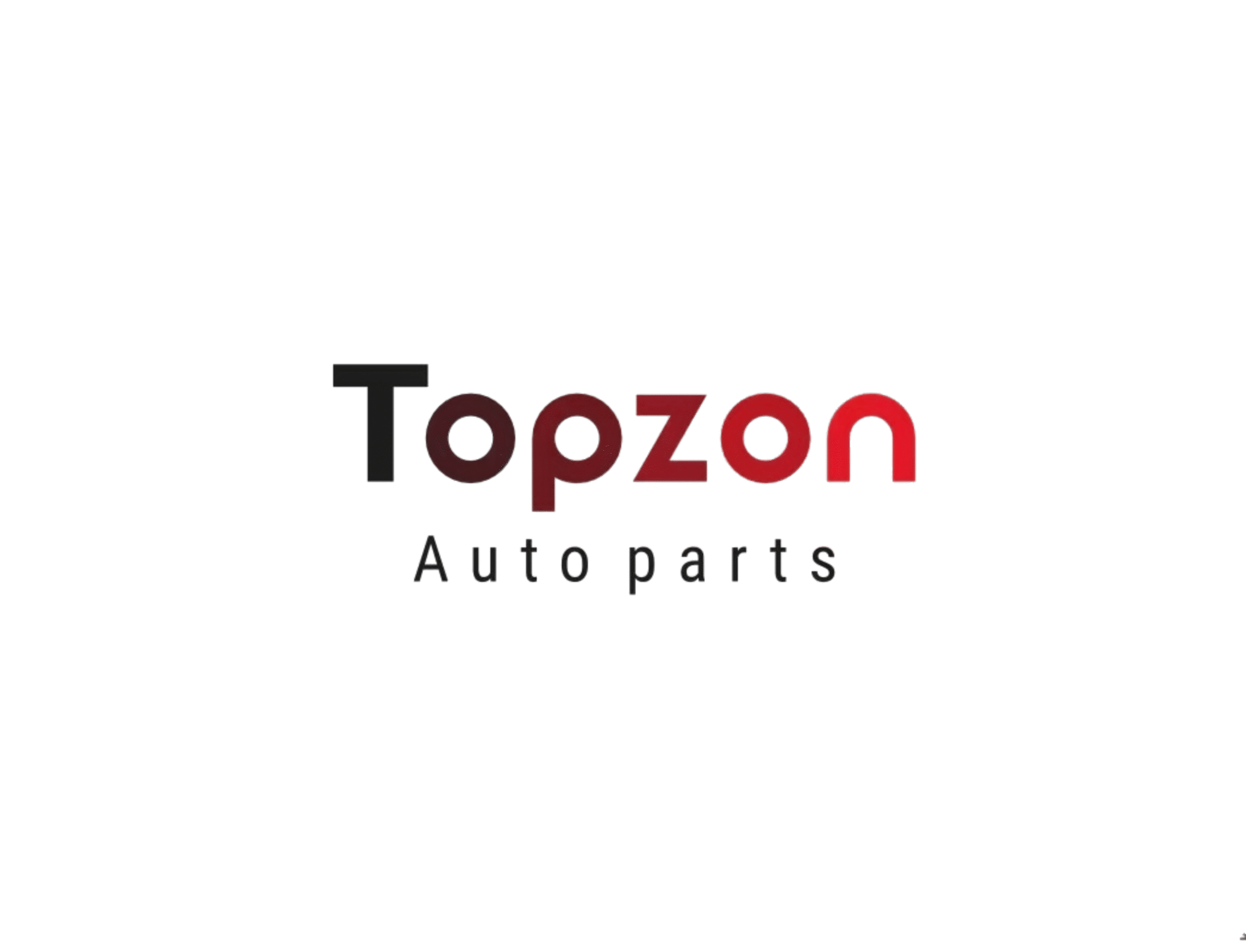Blog
The Development and Forecast of Auto Parts in China

Definition of Auto Parts
Auto parts processing is the various units that constitute the overall auto parts processing and the products that serve auto parts processing. As the foundation of the automotive industry, auto parts are a necessary factor to support the sustainable and healthy development of the automotive industry. There are many types of auto parts, which can be roughly divided into seventeen categories:Engine system, running system, body accessories, steering system, braking system.
Development Status of Auto Parts Industry
1.The "2025-2030 China LiDAR Industry Market Forecast and Future Development Trend Report" released by the China Business Industry Research Institute shows that in recent years, benefiting from the popularity of high-end intelligent driving in the Chinese market, the demand for LiDAR pre-installation has continued to rise. In 2024, 1.3737 million new cars were delivered with pre-installed standard LiDAR, a year-on-year increase of 211.78%, and the pre-installed standard installation rate exceeded 5%, reaching 5.99%. Analysts at the China Business Industry Research Institute predict that the number of passenger car LiDAR installations will reach 1.88 million in 2025.
2.The "2025-2030 China Power Battery Research and Development Prospects Forecast Assessment Report" released by the China Business Industry Research Institute shows that in April 2025, my country's installed power battery capacity reached 54.1GWh, a month-on-month decrease of 4.3% and a year-on-year increase of 52.8%. From January to April, china's cumulative installed power battery capacity reached 184.3GWh, a cumulative year-on-year increase of 52.8%.
3.The "2025-2030 China Power Battery Research and Development Prospects Forecast Assessment Report" released by the China Business Industry Research Institute shows that in April 2025, my country's installed power battery capacity reached 54.1GWh, a month-on-month decrease of 4.3% and a year-on-year increase of 52.8%. From January to April, china's cumulative installed power battery capacity reached 184.3GWh, a cumulative year-on-year increase of 52.8%.
4.In recent years, as the global automotive industry accelerates its transition toward electrification and intelligent technology, the Chinese automotive chip market has continued to expand. The "2025-2030 China Automotive Semiconductor Industry Market Outlook and Investment Strategy Research Report" released by the China Business Industry Research Institute shows that the Chinese automotive chip market will reach 90.54 billion yuan in 2024, a 6.52% increase over the previous year. Analysts at the China Business Industry Research Institute predict that the Chinese automotive chip market is expected to reach 95.07 billion yuan in 2025.
5.With the integration and application of domestic technologies such as artificial intelligence, 5G communications, and the Internet of Things, China's smart cockpit market has demonstrated tremendous potential. The "2025-2030 Global and Chinese Smart Cockpit Market Status and Future Development Trends" report released by the China Business Industry Research Institute shows that the market size of smart cockpit solutions for passenger vehicles in China will reach 129 billion yuan in 2024, a 22.27% increase over the previous year. Analysts at the China Business Industry Research Institute predict that the market size of smart cockpit solutions for passenger vehicles in China will reach 156.4 billion yuan in 2025.Investment Strategy Research Report" released by the China Business Industry Research Institute shows that the Chinese automotive chip market will reach 90.54 billion yuan in 2024, a 6.52% increase over the previous year. Analysts at the China Business Industry Research Institute predict that the Chinese automotive chip market is expected to reach 95.07 billion yuan in 2025.
Prospects of the auto parts industry
Driven by modular architecture, the future industry chain collaborative innovation industry will reconstruct the integrated development model of parts through the upgrade of EEA electronic and electrical architecture and the popularization of domain controller technology. Huawei's DriveONE all-in-one electric drive system highly integrates the motor, reducer, and controller, reducing the volume by 20% and the cost by 15%; Geely's SEA vast architecture supports plug-and-play of wire control brake and steering systems, shortening the vehicle development cycle to 18 months. This type of modular innovation promotes the transformation of parts companies from single component suppliers to system solution providers, strengthening the technical collaboration and value distribution of upstream and downstream of the industry chain.
In particular, the circular economy model is reshaping the manufacturing system through the in-depth application of recycled materials and low-carbon processes, driving the transition to green manufacturing in automotive parts production. Lizhong Group has developed a heat-treatment-free aluminum alloy, reducing energy consumption in large die-casting production by 30% and achieving 100% recycling of aluminum scrap. Ningbo Top Group is replacing petroleum-based products with bio-based polyurethane, reducing carbon emissions by 1.2 tons per ton of seat foam. The application of industrial internet platforms is further optimizing resource allocation. For example, Haier CoaXus provides intelligent energy consumption monitoring services to auto parts manufacturers, driving annual emissions reductions of over 25% for a single plant.

